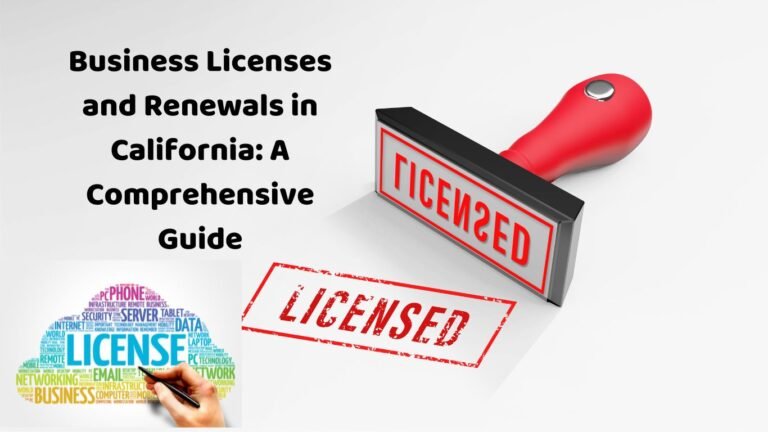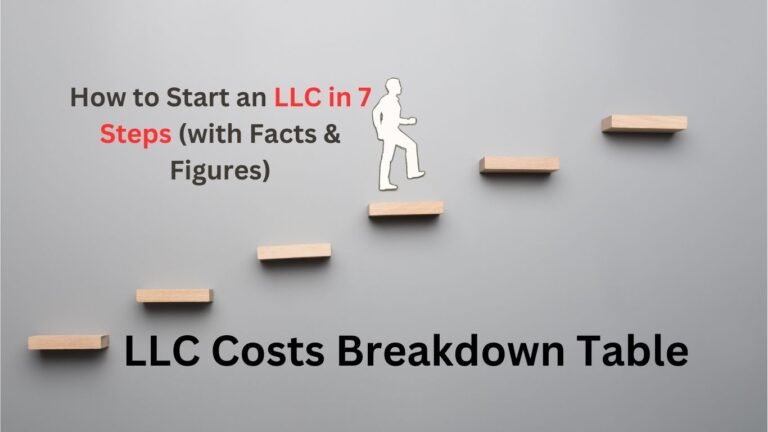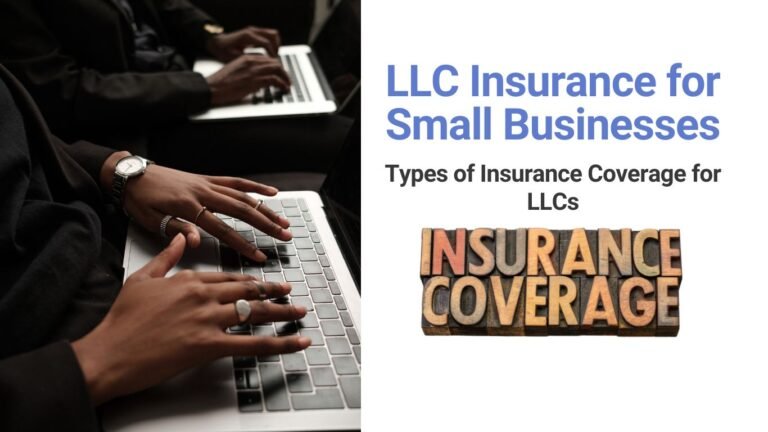Everything You Need to Know About Business Cards: Design, Printing, and More
Table of Contents
Introduction to Business Cards
Business cards, small yet powerful tools for professional networking, have a long-standing history. Originating in 17th century Europe, their initial purpose was to announce the arrival of wealthy individuals. Over time, these cards evolved to represent businesses, establishing connections and facilitating professional introductions. Despite the advent of digital communication, business cards remain indispensable in the corporate world.
Historically, business cards were markers of social status and a means of formal introduction. As society progressed, they became essential marketing tools for entrepreneurs and businesses of all sizes. The practice of exchanging business cards during meetings or events has endured, signifying trust and a commitment to future collaboration. They serve not only as a reminder of a meeting but also as an extension of personal and corporate branding.
The relevance of business cards in the modern era is undeniable. In-person networking events, conferences, and business meetings often culminate in the exchange of these tangible pieces of information. They encapsulate key details like one’s name, job title, company, and contact information, making it easy to follow up on potential business opportunities.
In today’s digital age, one might question the necessity of physical business cards. However, their tangible nature offers a personal touch that digital alternatives cannot replicate. The act of handing over a business card creates a memorable moment, fostering a sense of connection that is often lost in virtual exchanges. Furthermore, the design and quality of a business card can convey a lot about a professional’s or company’s ethos, attention to detail, and branding.
In conclusion, business cards have stood the test of time as essential tools for networking and business promotion. Their evolution from social status symbols to modern-day marketing essentials highlights their enduring significance. As we navigate an increasingly digital world, the personal touch and professional representation offered by business cards continue to make them invaluable in fostering business relationships and networking success.
Types of Business Cards
Business cards come in a variety of formats, each designed to cater to different professional needs and preferences. Understanding the various types can help you select the most suitable option for your business and communication style.
Traditional Business Cards
Traditional business cards are the most common and widely recognized form. Typically crafted from high-quality paper or cardstock, they are highly customizable in terms of design, texture, and finish. The primary advantage of traditional business cards is their tangibility; they provide a physical token that clients or partners can hold onto, making them ideal for face-to-face interactions. However, their static nature means that any updates to contact information require a reprint, which could lead to additional costs and potential waste.
Digital Business Cards
Digital business cards are a modern alternative that leverage technology to provide a more dynamic and eco-friendly option. These cards can be shared via email, social media, or specialized apps, making them highly convenient for digital-first businesses. They often include interactive elements such as clickable links to websites or social media profiles. One notable disadvantage is the reliance on technology; if the recipient is not tech-savvy or lacks internet access, the digital card’s effectiveness diminishes.
Specialty Business Cards
Specialty business cards offer unique features that can set you apart from the competition. For instance, cards with QR codes allow recipients to scan and instantly access your contact information or website, adding a layer of interactivity. Other specialty options include cards made from unconventional materials like metal, plastic, or wood, which can leave a lasting impression due to their distinct look and feel. However, these cards can be more expensive to produce and may not be suitable for all professional settings.
Each type of business card has its own set of advantages and drawbacks. Traditional cards offer reliability and familiarity, digital cards bring convenience and eco-friendliness, while specialty cards can create a strong, memorable impact. By carefully considering your specific needs and the context in which you operate, you can choose the business card type that best aligns with your goals.
Designing Your Business Card
Designing an effective business card requires a blend of creativity, strategy, and an understanding of key design principles. The layout of your business card should be clean and organized, ensuring that the most important information is easily accessible at a glance. A well-thought-out layout helps in creating a professional appearance that can leave a lasting impression.
Typography plays a crucial role in business card design. The choice of fonts should reflect your brand’s personality, whether it’s traditional, modern, or playful. It is advisable to use no more than two different fonts to maintain readability and a cohesive look. The size of the text should also be considered; essential information like your name and contact details should be easily readable, typically at a font size of 10-12 points.
Color schemes are another vital aspect of business card design. The colors you choose should align with your brand’s identity and evoke the desired emotional response from your audience. For instance, blue often conveys trust and professionalism, while red can signify passion and energy. Utilize your brand’s color palette to maintain consistency across all marketing materials.
Branding is the cornerstone of any effective business card. Incorporating your logo and brand elements can help reinforce your brand identity. Ensure that the logo is prominently placed but does not overwhelm the other elements on the card. A well-branded business card can act as a miniature billboard, promoting your business every time it is handed out.
When it comes to the content of your business card, include essential information such as your name, job title, company name, phone number, email address, and website. Avoid cluttering the card with too much information; simplicity and clarity are key. Adding a tagline or a brief description of your services can also provide additional context.
To make your business card stand out, consider unique design elements such as embossing, foil stamping, or using unconventional materials. However, balance creativity with practicality to ensure the card remains functional and professional.
Business card templates offer a convenient starting point for creating professional-looking business cards without the need for extensive design skills. Companies like Vistaprint, Staples, and Avery provide a wide range of pre-designed templates that cater to various industries and personal preferences. These templates serve as a practical solution for small businesses and entrepreneurs who may not have the resources to hire a professional designer.
Using a business card template has several benefits. Firstly, it saves time. Templates are pre-formatted, allowing users to simply input their information and make minor adjustments as needed. Secondly, templates ensure consistency in design, which is crucial for brand identity. By using a template, businesses can maintain a cohesive look across all their printed materials. Lastly, templates are cost-effective. They eliminate the need for costly design software and professional design services, making it an economical choice for many.
However, custom designs offer a level of uniqueness that templates may not. Custom business cards can be tailored to reflect the specific branding and personality of a business. This level of customization can help a business stand out in a competitive market. For example, a custom design might incorporate unique color schemes, logos, and design elements that are not available in standard templates.
Customizing templates to suit individual business needs is relatively straightforward. Most template providers offer user-friendly design tools that allow for the addition of logos, custom fonts, and specific color schemes. Users can also adjust the layout to better fit their information and aesthetic preferences. For instance, Vistaprint’s online design studio enables users to upload their own images and logos, while Staples offers a variety of paper types and finishes to enhance the look and feel of the final product.
In conclusion, whether you choose a business card template or a custom design depends on your specific needs and resources. Templates provide a quick, consistent, and cost-effective solution, while custom designs offer a unique and personalized touch. Both options have their advantages, and the choice ultimately comes down to what best aligns with your business goals and branding strategy.
Where to Get Business Cards Printed
When considering where to print business cards, several options are available, each with its own set of advantages. Local print shops, often searched as “business cards near me,” provide a personalized touch and the convenience of face-to-face interactions. These establishments typically offer high-quality printing and the ability to see samples before committing to a design. The turnaround time is relatively quick, often within a few days, although prices may be slightly higher due to the specialized service.
Office supply stores such as Staples and Office Depot also offer business card printing services. These stores provide a balance between quality and convenience, with a range of templates and customization options available. The prices are generally competitive, and the turnaround time is usually quick, ranging from same-day pickup to a few days, depending on the complexity of the order.
For those seeking the convenience of online shopping, services like Vistaprint present a compelling option. Vistaprint is renowned for its affordability and extensive array of design templates. The platform allows for significant customization, and the quality of the printed cards is consistently high. One of the primary benefits of using an online service is the ability to order large quantities at a reduced price. However, the turnaround time can vary, typically ranging from a few days to over a week, depending on shipping options.
When choosing where to print business cards, it is crucial to balance price, quality, and turnaround time. Local print shops offer personalized service and quick turnaround but may be more expensive. Office supply stores provide a middle ground with competitive pricing and reasonably fast service. Online services like Vistaprint are often the most affordable and offer extensive customization but may require a longer wait for delivery. By considering these factors, you can select the best option to meet your business card printing needs.
Cost-Effective Options for Business Cards
When it comes to business cards, finding cost-effective options can be a priority for many professionals and small business owners. Balancing cost with quality is essential to ensure that your business cards reflect professionalism without straining your budget. There are several budget-friendly avenues to consider, including free business card offers, affordable printing services, and do-it-yourself (DIY) options.
One popular way to obtain business cards at a low cost is to take advantage of free business card offers. Companies such as Vistaprint often provide free basic business cards, typically in exchange for allowing their logo on the back of the card. While these offers are generally limited in terms of design and customization, they can be an excellent option for startups or individuals seeking a minimal investment.
For those looking for more customization without a significant cost increase, cheap printing services offer a viable solution. Online printing companies like Moo, GotPrint, and Zazzle provide affordable rates for business card printing while maintaining high-quality standards. By choosing standard paper options and simpler designs, you can keep costs down without compromising on the professional appearance of your cards.
DIY options are another cost-effective approach, particularly for those with a knack for design. With the help of design software like Adobe Spark or Canva, you can create personalized business card designs. Once your design is ready, you can print them at home using high-quality cardstock and a reliable printer. This method allows for full creative control and can be more economical, especially for small batches.
In conclusion, whether you opt for free business card offers, affordable printing services, or DIY methods, there are various ways to manage the cost of business cards without sacrificing quality. By carefully considering your needs and resources, you can find a solution that best fits your budget while ensuring your business cards make a positive and lasting impression.
Innovative Business Card Ideas
In the ever-evolving landscape of business communication, traditional business cards are being reimagined with innovative designs and functionalities. One such trend is the use of black business cards, which exude sophistication and modernity. The striking contrast of white or metallic fonts on a black background not only draws attention but also conveys a sense of luxury and exclusivity. These cards are particularly effective in industries where aesthetic appeal and first impressions are paramount.
Another creative approach is the incorporation of blank spaces for handwritten notes. This concept allows for a personal touch, making each business card interaction unique. Whether it’s jotting down a meeting time, a special offer, or a personalized message, the blank space transforms a simple card into a memorable and interactive experience. This is particularly useful for professionals who value personal connections and wish to leave a lasting impression.
Technology has also paved the way for innovative business card ideas. The integration of QR codes has become increasingly popular, bridging the gap between physical and digital interactions. A quick scan of a QR code can lead potential clients to your website, portfolio, LinkedIn profile, or even a virtual business card. This not only enhances convenience but also showcases your tech-savviness, which can be a valuable trait in the digital age.
Examples of these innovations abound. For instance, a graphic design firm might use a black business card with embossed typography to highlight their design expertise. A real estate agent could benefit from a card with a blank space for writing property details or appointment times. Similarly, a tech startup might include a QR code that links to a demo of their latest app. These creative adaptations not only make business cards more engaging but also demonstrate a forward-thinking approach.
In conclusion, embracing innovative business card ideas can significantly elevate your professional image. By leveraging unique designs such as black business cards, incorporating handwritten elements, or utilizing QR codes, you can make a lasting impression and stand out in a competitive marketplace.
Conclusion and Best Practices
In the dynamic world of business, a well-designed business card is more than just a piece of paper; it is an essential tool that embodies your brand’s identity. Throughout this blog post, we have explored various aspects of business cards, from design principles to printing techniques, and the significance of selecting the right materials.
Key points to remember when designing your business card include focusing on a clean, professional layout that reflects your brand’s image and values. Utilize high-quality materials and printing methods to ensure your card stands out and leaves a lasting impression. Be mindful of the information included on your card; it should be concise yet comprehensive, featuring your name, title, contact details, and company logo.
Moreover, it is crucial to keep your business cards updated. As your business evolves, ensure that your cards reflect any changes in contact information, branding, or services offered. An outdated business card can send the wrong message and potentially hinder networking opportunities.
To maximize the effectiveness of your business cards, consider integrating them into your overall marketing strategy. Distribute them at networking events, include them in mailings, and always have a stack ready for impromptu meetings. A business card can serve as a tangible reminder of your brand, reinforcing your professional presence long after the initial interaction.
Ultimately, your business card should align seamlessly with your brand’s image, creating a cohesive and professional impression. By following these best practices, you can ensure that your business card not only communicates essential information but also enhances your brand’s credibility.
Ready to make an impact? Start designing your business cards today and take the first step towards establishing a lasting professional presence.
Keywords:
Business Cards
business cards templates
vistaprint business cards
business cards near me
business cards example
staples business cards
business cards design
free business cards
cheap business cards
business cards online
business cards printing
business cards cheap
business cards with qr code
business cards office depot
business cards at staples
business cards avery
business cards at office depot
business cards black
business cards blank
business cards best








2 Comments